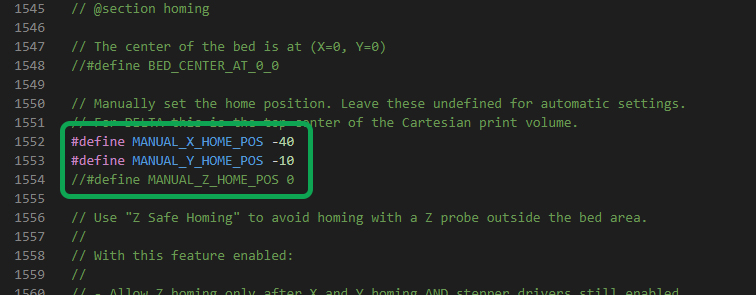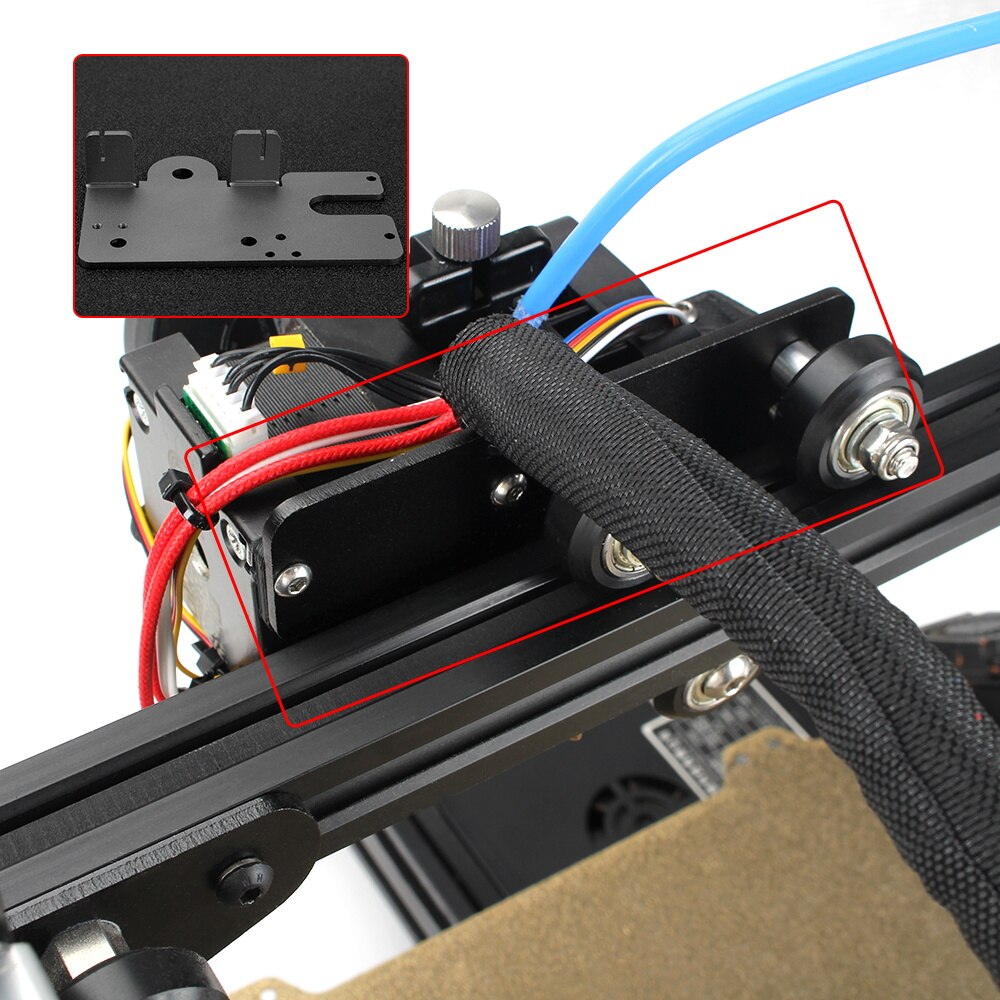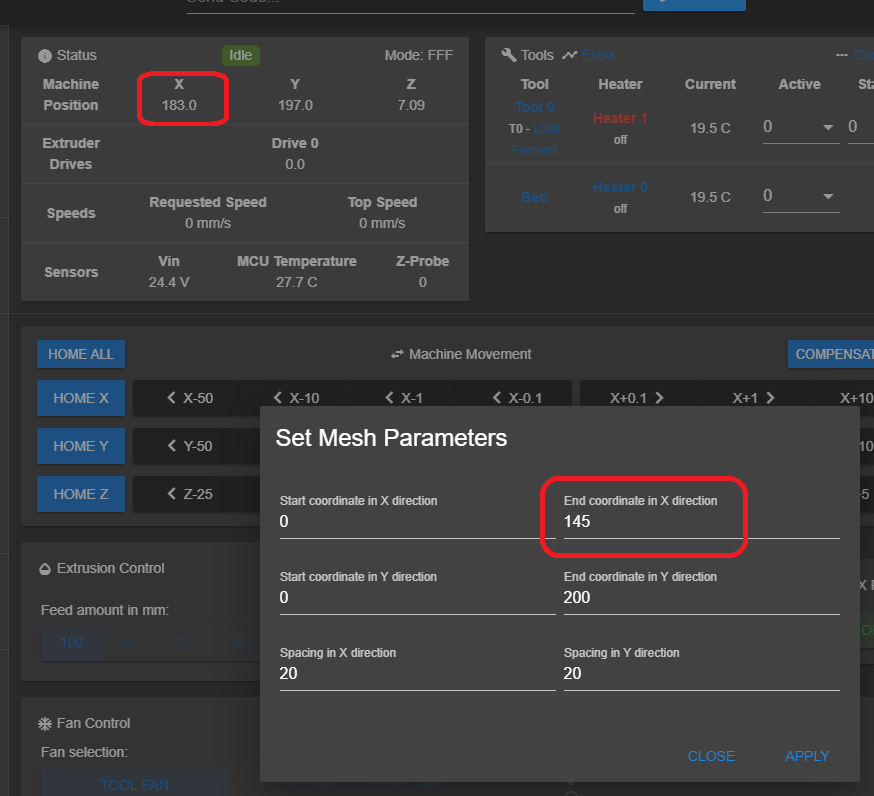

Let's take a simple example to run through the above steps. Perform length function to get the distinct count. Perform intersection function to get the unique records. Create select action to capture the column you want to target into an array. Now I would simply like to filter the opportunity table based on a a slicer that contains the Products and services.To achieve this I had to perform the following steps.

When I add the tables to Power BI, the relationships are discovered as below: Data model. But when happens is, when this Flow Runs, it results in an error on the List Records step.I have created an out-of-the-box many to many relationship in Dataverse between the Opportunity and Product/service (custom table).
Hemera ender 3 v2 code#
If the file is not found, the HTTP status code of the request will return 404 not found.Let's look at one of the common examples where you'll see this error on runtime when a FetchXML issue appears You have a Flow wherein you are using FetchXML query to list records in Dataverse connector using List Records action. SharePoint Connector - Get file metadata using path When the exact path to the document file is known, it is possible to check if the file exists through an attempt to retrieve its metadata. If we now open the dropdown menu for the Method field in the HTTP action, we will see a representation of that:Dataverse connector power automate. Second thing we need to know is which method we want to use. It will create the corresponding OData filter which you can use in the “Filter rows” parameter of the “List Records. If you have your FetchXML in there you can click on “View” -> “Power Automate Parameters”. So the quickest way for you to convert your FetchXML to OData filters is FetchXML Builder by Jonas Rapp in the XrmToolBox.In the "Select columns" option of List Rows action, I want to declare. In the table Appoint the column ClteId is a LookUp column pointing out to table Client (many-to-one). I'm working in a flow using Dataverse connector and List Rows action. Power Automate - Dataverse Connector - List Rows Action - Select a column from a LookUp relation.Save and run your flow to confirm that no more than 5,000 rows are returned. Select the Accounts table from the Table name list. I have created an array as shown below.Select Microsoft Dataverse to filter the search results to display only actions and triggers for Microsoft Dataverse.

Background/Purpose: As part of building a PowerApps' Flow, I need to List Rows in Microsoft Dataverse (Dynamics 365 in particular) so that I can get a daily email notification to go out to Opportunity Owners when their required action is more than 2 days past due.To achieve this I had to perform the following steps. Under "Start from Blank," select "Automated flow." Set the trigger to Common Data Service (current environment) for when a record is created, updated or deleted.I'm looking for help in converting the SQL query below into a FetchXML Query. Sign in to Power automate, select your environment, and go to the "Create" tab. Create Power Automate flow to attach the autogenerated document to the email as an attachment. Flow List Parameters pops open and you can just easy peasy. You can already get an idea what your filter query will look like by looking at the FetchXML Builder to the left, but go to the Menu and pick View and then Flow List Parameters. Either choose Open View from your CDS organization or use Open File for the FetchXML you just downloaded. As an example for contacts entity with the help of changing page number dynamically with logic we can achieve this. In order to achieve this, we use different actions in Dataverse and power automate like do until, List Rows, Scope, Initialize, Increment and Set Variables.


 0 kommentar(er)
0 kommentar(er)
